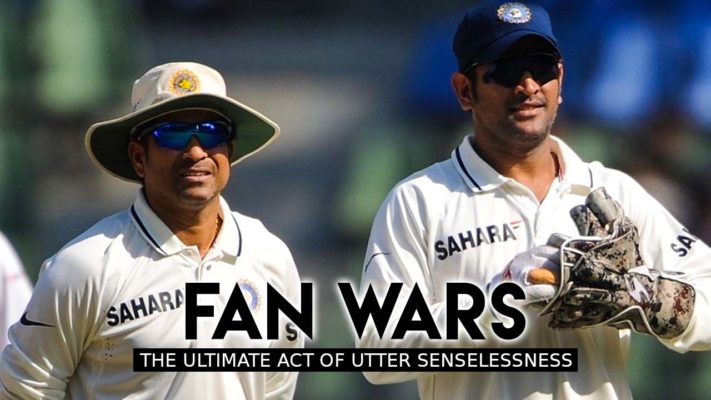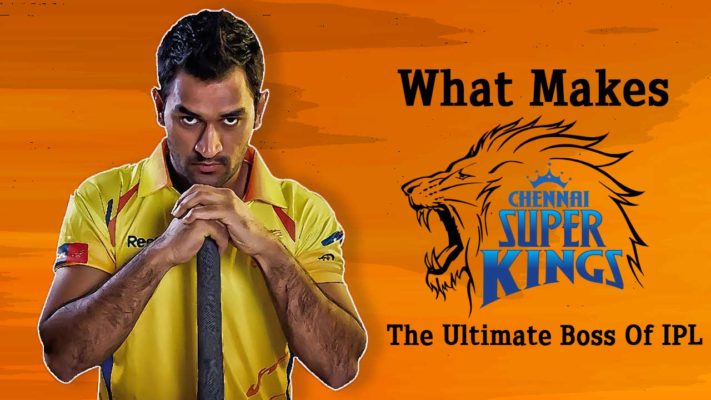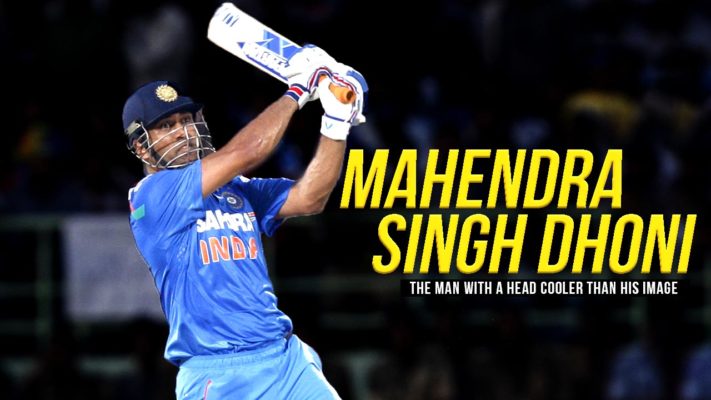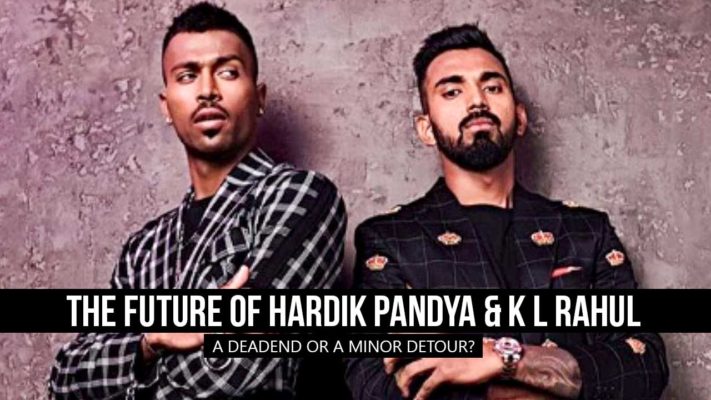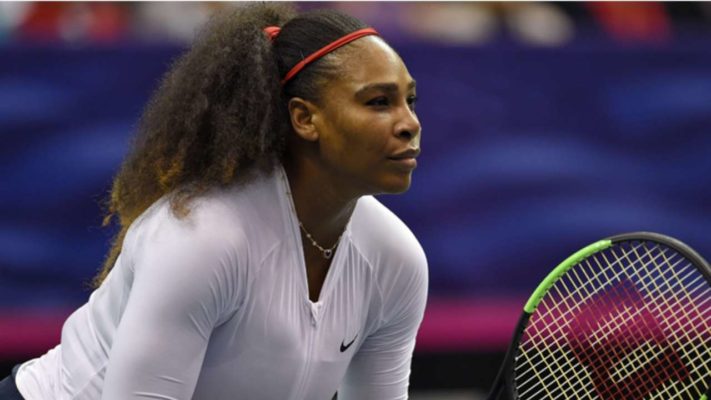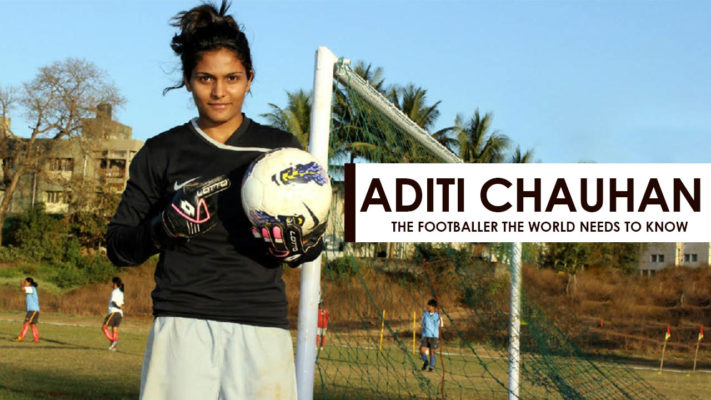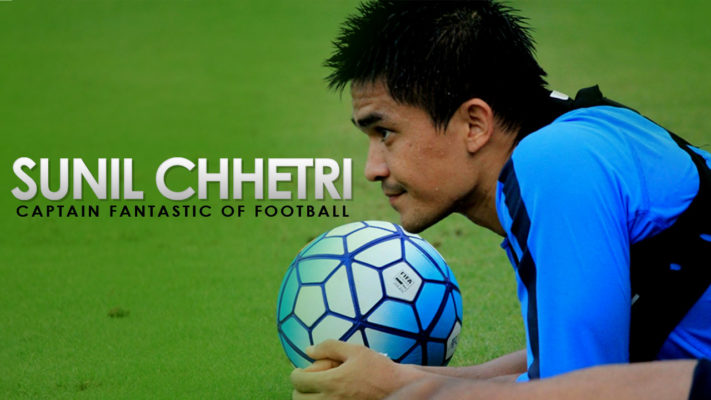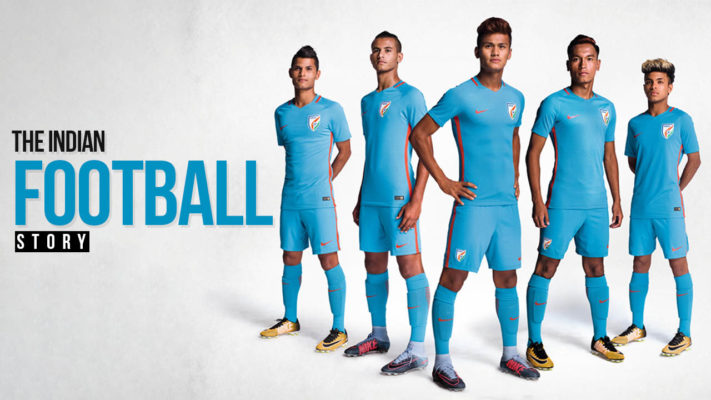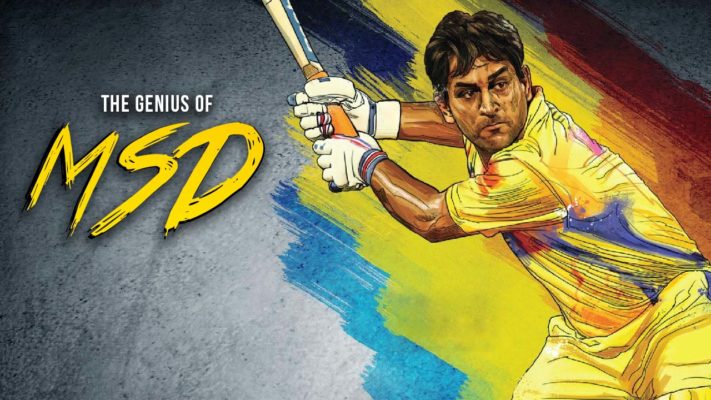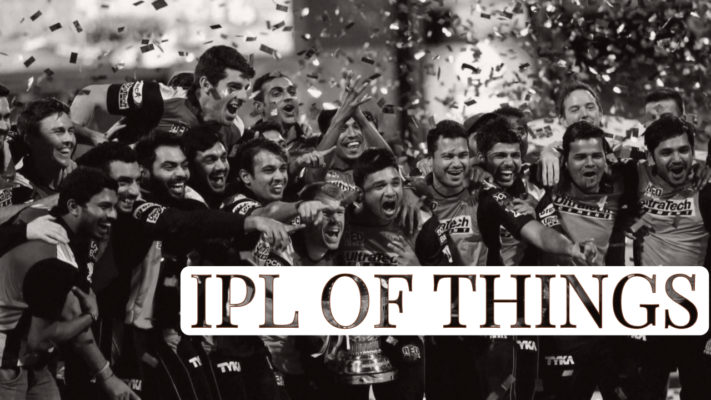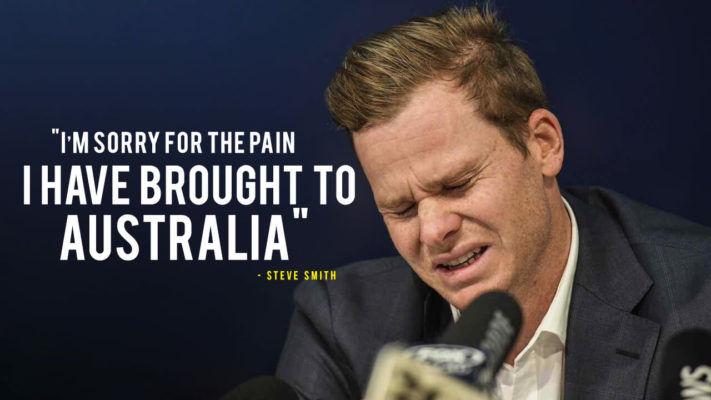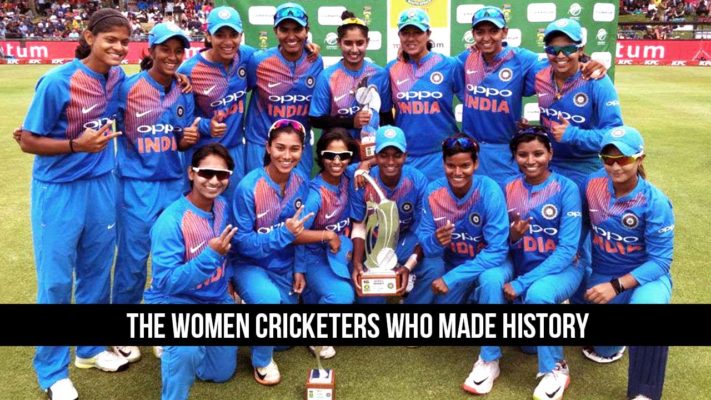
The Glory Of Women Cricket
Do you think that cricket for women is something that has sprouted recently? If you do, then get ready to be surprised because women cricket can be traced back all the way to 1745. It started with a match between the villages of Bramley and Hambledon in Surrey, England.
The Mercury reported: “The greatest cricket match that was played in this part of England was on Friday, the 26th of last month, on Gosden Common, near Guildford, between eleven maids of Bramley and eleven maids of Hambledon, all dressed in white. The Bramley maids had blue ribbons and the Hambledon maids red ribbons on their heads. The Bramley girls got 119 notches and the Hambledon girls 127. There was of both sexes the greatest number that ever was seen on such an occasion. The girls bowled, batted, ran and catches as well as most men could do in that game.”
Although the present glory that it enjoys can’t be compared to its troublesome past, The International Women’s Cricket Council, which was formed in February 1958 and later merged with the International Cricket Council (ICC) in 2005, wasn’t born out of thin air in a single day.
Let us have a glimpse at some of the most prominent figures of Women’s Cricket throughout its entire history who have contributed sweat and blood to nourish Women’s Cricket to its present self.
Rachael Heyhoe Flint
Rachael Heyhoe Flint (11 June 1939 – 18 January 2017) was an English cricketer. She was the face of women’s cricket for over 20 years and was best known for being the captain of England from 1966 to 1978. She also led her team to win the inaugural World Cup glory in 1973, which was hosted by England. She was regarded as one of the best batters in the game and had an ODI highest score of 114. She also holds the record for the first female cricketer to hit a six in a Test match. She was one of the first ten women to become a member of the Marylebone Cricket Club (MCC). Her death was announced on 18 January 2017 by Lord’s, following a short illness.
Betty Wilson
Australia’s Betty Wilson (21 November 1921 – 22 January 2010) was the first player, male or female, to record a century and take ten wickets in a Test match, thus imprinting herself in the history of cricket with the feat at the MCG. Her batting style drew many similarities to Bradman earning her the nickname ‘The Female Bradman’. Born in Melbourne she learned how to play the game by playing against a lamp-post in her street. She scored 862 runs with an outstanding average of 57.46 and took 68 wickets at 11.80 in an 11-match Test career. She was inducted into the Australian Cricket Hall of Fame in the year 2017. The ‘Betty Wilson Young Player of the Year’ award was inaugurated at the 2017 Allan Border medal ceremony in her memory.
Cathryn Fitzpatrick
As both the quickest bowler in the world of her time doubling as a postal worker, Cathryn Fitzpatrick (Born 4 March 1968) was something of an expert in fast and accurate deliveries clocking an impressive 125kmph. Although she adds that her bowling was “sometimes a bit quicker”, her zipping pace has caused many a batter fits during a 16-year international career. She was on the Australian squad which won the ICC Women’s World Cup in 1997 and 2005, the latter as a 37-year-old. She is also the first female bowler in history to take 150 ODI wickets. Fitzpatrick ended her ODI career in 2006 with 180 wickets, the most by any female cricketer, which was later passed by Jhulan Goswami in 2017. While her Test match economy rate was 1.91, which put her among the best of all-time.
Debbie Hockley
Debbie Hockley (born 7 November 1962) is a former New Zealand cricketer who stepped into the world of cricket while answering an advertisement for players for a local club. Who at that time would have thought that she was perhaps stepping into history! Now in the ICC Cricket Hall of Fame as the fourth woman, Hockley’s rise in the world of cricket was monumental. Named captain of her country at just 21, she was selected when she was just 15. And there was no looking back after that as she became the first female player across the globe to reach 100 ODI appearances and the coveted 4000-run mark. Hockley played in 19 Test matches, averaging 52.04, with a high score of 126 not out. In the ICC Women’s World Cup where she shone the most, she scored two centuries helping New Zealand to the coveted title in 2000. One has yet to break her record for scoring the most number of runs by any woman in the ICC Women’s Cricket World Cup (1501 runs), having played in five World Cups.
Anjum Chopra
Representing India isn’t a simple task; in fact, it is way far from it. But Anjum Chopra (born 20 May 1977) took on that humungous role throughout her career. Debuting in the ODIs at the tender of just 17, Chopra was named the ‘Player of The Series’ in just her second series, against England. This marked her journey all the way to 127 caps in the format. Her batting had similarities to David Gower, which also earned her fame throughout the country as a celebrity. Her 17-year international career reached its finale in the 2005 ICC Women’s World Cup final against Australia. Although her team couldn’t claim the title, she has definitely left behind a legacy for others to look up to.
Diana Edulji
Diana Edulji (born 26 January 1956) is one of India’s most cherished cricketers, having consistently performed as a slow left-arm bowler. She grew up playing cricket with a tennis ball in the colony where she lived. She played basketball and table tennis at the junior national level before finally switching to cricket. She lost four of her front teeth while playing for India. Edulji made her Test debut in 1976 and ODI debut in 1978, was captain of the team and had career-best figures of six for 64 in Tests and four for 12 in the ODIs. She still holds the record for delivering the most number of balls by any woman cricketer in Women’s Test history, having delivered 5098+ balls. In 1986 she wasn’t allowed entry to the Lord’s Pavilion while captaining India on their tour of England. She said that the MCC (Marylebone Cricket Club) should change its name to MCP (“male chauvinist pigs”). She was the first female cricketer to win the Arjuna Award in 1983 and the Padma Shri, India’s fourth highest civilian award, in 2002.
Charlotte Edwards
Charlotte Edwards (born 17 December 1979) made her international debut in 1996, becoming the youngest player at that time to represent England at the age of just 16. Edwards went on to play a major part in the evolution of the women’s game, and became the first cricketer, male or female, to score 2,500 runs in T20 Internationals. She was arguably the most significant women’s cricketer to have played the sport. In an international career spanning 20 years, Edwards captained England for a decade, in which she lead them to four Ashes titles and the ICC Women’s World Cup/World T20 double in 2009! The England and Wales Cricket Board’s Head of Women’s Cricket, Clare Connor, praised Edwards’ achievement, calling her as “a credit to women’s cricket globally, a superb role model for girls who aspire to play for their country”. In the year 2014, she was appointed Commander of the Order of the British Empire (CBE) and was named the Wisden Cricketer of the Year, the second English female cricketer to be so honoured.
Belinda Clark
Belinda Jane Clark (born 10 September 1970) is a former Aussie International cricketer. She played for Australian women’s national team from 1991 to 2005. She was the first cricketer, male or female, to score a double century. She was the only women to score a double century in International ODIs when she scored 229* against Denmark in the 1997 World Cup, a record which was broken by Amelia Kerr of New Zealand on 14 June 2018. She captained her side from 1994 to 2005 and retired having played 118 ODIs and 15 tests. She led the Australian women’s team to two World Cup victories in 1997 and 2005 and one final in 2000. She still holds the record for playing the most number of matches as captain in Women’s Cricket World Cup at a staggering number of 23 matches. In the year 2000, she was appointed as a Member of the Order of Australia in the Australia Day honours list, “for service to cricket, particularly through the Australian Women’s Cricket Team, and to the promotion and development of the game for women and girls.”
